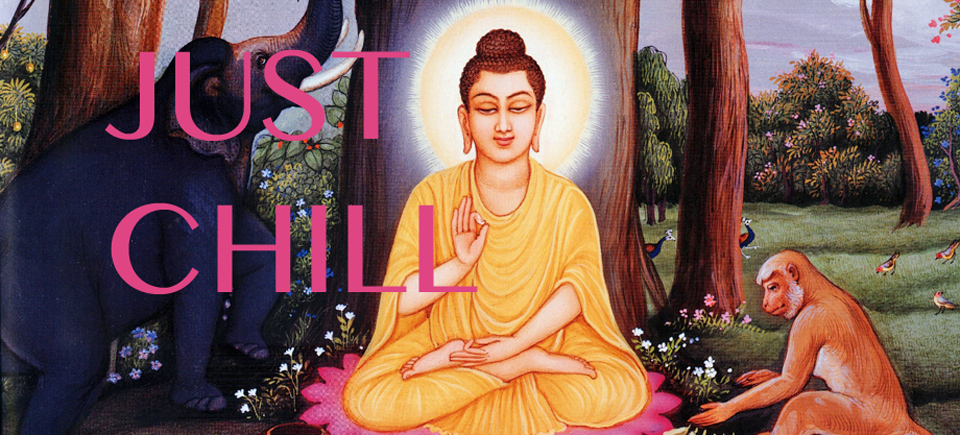
Om Sweet Om: Watch 5 NFB Films about Buddhism and the Buddha
Om Sweet Om: Watch 5 NFB Films about Buddhism and the Buddha
Meditation is all over the news these days. Kids in schools are doing it. Inmates in jails are doing it. Even Oprah and friends are doing it. Meditation, as we’ve been saying, is the new black.
But fad for fad, at least this one is backed by science. Indeed, all of science is now saying that mindfulness exercises (such as meditation) are pretty much the best thing anyone of us could be doing (or not doing, to be technical) for ourselves and our stressed out, modern brains.
Once the exclusive domain of crunchy or cave-dwelling types, meditation has now been proven to be an incredibly powerful tool for turbo-charging our brains and, if not granting us all-out bliss, then making us certifiably less miserable.
Amongst other incredible feats, the practice has been shown to protect our brain against the effects of aging, relieve pain, improve creativity, boost concentration and quell our many anxiety disorders – all in record time. Studies show that measurable changes in brain regions associated with memory, sense of self, empathy, and stress appear after as little as 8 weeks.
Not bad for something that takes just a few minutes a day, requires no props, has no side-effects and is accessible to everyone… for free.
And for that unparalleled elixir, friends, we all have one extremely chill prince-turned-Awakened-One to thank: Siddhārtha Gautama, a.k.a the Buddha.
Millennia before electrodes, scientific skepticism and control groups “legitimized” it, the Buddha already knew meditation was the bomb. Quit running around in circles screaming that life is hard or unfair and sit yourself down and breathe, he taught. Breathe in, breathe out, repeat.
This recipe for life was something he’d found out after weeks of sitting meditation under a fig tree, where he “awoke” and reached bodhi, the final enlightenment about the true nature of things that ends the cycle of death and rebirth and leads to nirvana. Proof, as they say, is in the pudding.
Prince, wanderer, prophet
Buddhism, a quaint little black-and-white doc from 1962, introduces you to the man, the legend. In under 20 minutes, it travels to the four corners of Asia (India, Indonesia, China, Burma, Nepal, Japan), retracing Buddha’s life and following the different sub-branches of Buddhism. The doc doesn’t dig extremely deep into core texts and beliefs and but it’s as good a primer as any on a religion most of know next to nothing about. Come for the basic facts and maps; stay for the crisp vintage footage of key rites and landmarks.
Buddhism, David Millar, provided by the National Film Board of Canada
The cool thing about Buddha, is right off the bat, you feel like he gets you. The first of his Four Noble Truths is something that will be obvious to anyone who’s been around for even a short while: Life hurts. (“All life is suffering.”)
According to Buddha, life hurts because we cling. We cling to things, to people, to our good experiences, to our bad ones. We cling to our past and cling to our dreams for a specific kind of future. Cling, cling, cling. This makes us very unhappy. The reason clinging robs us of joy is that life doesn’t work that way. As I’m sure you are also finding out, what is here today can all too easily be gone tomorrow. Your house, your job, your health, your wife…
Instead, the Buddha suggests we let go. Letting go makes sense because according to Buddhism we already have – and ultimately are – everything we could ever need. We have consciousness, which means we can, like the Buddha before us, realize the illusion of our separateness and achieve Liberation. Everyone’s fundamental nature is Buddha-nature. We are all God.
Since this isn’t immediately apparent to too many people, Buddhism says you get to figure this out slowly, through this neat birth-death-rebirth-redeath process known as reincarnation. (The anti-YOLO, if you will.)
Rebirth, redeath, repeat
Now, if Western science fully endorses meditation, its stance on reincarnation remains a whole other ball game. But however foreign the concept (and unpalatable the notion of coming back as an aardwolf or jellyfish), entire institutions within Buddhism are based on it.
Take for instance the tulku phenomenon, where young boys are recognized as reincarnated Tibetan Buddhist masters. Had you realized that this is how the current Dalai Lama got his job? He wasn’t voted in or picked from a group of hopefuls. His Holiness was simply “recognized” at the tender age of 5, through his (unexplainable) knowledge of people and objects known to his predecessor. He may, for example, have had knowledge of a secret hiding place for key documents inside a temple… without ever having visited it in this lifetime. Or maybe he was able to select “his” cup (the cup his predecessor used) among an assortment of very similar vessels.
Gesar Mukpo, son of the famous Buddhist teacher and author Chögyam Trungpa, had this very thing happen to him as a young boy growing up America. He was actually one of the first tulkus to ever be recognized in the West (outside of the traditionally Buddhist lands of Asia.) The whole experience was so weird to him he decided to make a film about it.
Tulku, Gesar Mukpo, provided by the National Film Board of Canada
Wherever you stand on reincarnation, the film, which follows Gesar’s story and that of 5 other Western tulkus on their respective spiritual and geographical journeys, is a fascinating exploration of belief, culture and the transformation thereof. (For more on Tulku the film, check out this Q&A we did with him back in the day.)
Crustaceans and the Buddha
Karma, karma… We all know what karma is. Buddhism teaches that all forms of life, anything that has a mind basically, can reach enlightenment. Maybe not in this lifetime, but perhaps the next? This concept is beautifully illustrated in The Trap, a short doc that contrasts two very different communities living side by side in Cape Breton Island, Nova Scotia. The first are lobster fishermen, who need to toss pregnant lobsters back in the surf if their way of life to survive; the second are Buddhist monks and nuns living at Gampo Abbey, a Buddhist monastery founded by Pema Chödrön.
The Trap, Lina Verchery, provided by the National Film Board of Canada
Where these two communities intersect is very interesting. Every year, the Buddhists perform tsetar, a practice common to all Buddhist schools wherein they spare the lives of animals destined to be killed. (Makes sense, if you allow for the possibility that loved ones can return as cattle, chicken or shrimp.)
Here, the Gampo Abbey monks and nuns purchase the entirety of the fishermen’s last catch of the season (two crates totalizing perhaps 140 lobsters) and soon thereafter release every last one of them back to the sea. The Trap is a surprisingly satisfying short film offering solid information about the Buddhist faith as well as fishermen wisdom the Dalai Lama himself wouldn’t sneeze at.
Dance me to the end of Ladakh
If Buddhism is still sounding very foreign and out of reach, maybe Leonard Cohen’s suave voice can help you give it a different spin.
A recent addition to NFB.ca, The Tibetan Book of the Dead is a two-part documentary series about death and dying in the Tibetan Buddhist tradition. Both parts are narrated by Cohen, to ravishing effect.
Part 1 takes us to Ladakh, a long-isolated land of majestic mountains that is now part of India but shares many cultural and spiritual traits with Tibet. There, an old man has died. The film, intimate and respectful, is about what happens next. For the following 49 days, the dead man’s soul will be read the Bardo Thodol, the text known in the West as the Tibetan Book of the Dead. Buddhists believe that the newly departed can hear, and the text is meant to help them to guide their soul through this murky between-worlds time, into either enlightenment or, more likely, the next rebirth.
We visit His Holiness the Dalai Lama (him again) in Dharamsala, where he lives in exile. (Dalai Lama fans will be happy to know HH also makes an appearance in our #freetibet doc, A Song for Tibet, reviewed here.) His take on reincarnation is refreshingly funny and light, bordering on flippant. Reincarnation is much like changing clothes, he says. Sometimes your clothes get old and dirty and you need new ones. Same for your body. Sometimes your body gets old or sick and you need a new “more fresh, more energetic body.” He takes it even further. “Sometimes, I have almost an excited feeling about death!” he says with his trademark mischievous grin, adding that dying will be the perfect opportunity to “test out” whether his letting go practice will actually have paid off.
The film also pays a visit to San Francisco’s Living/Dying Project, where Ram Dass himself explains that what the West needs is different narrative or metaphor for death and dying. Death isn’t a failure! Death is a part of life. There we meet Bruce, a terminal AIDS patient, who is offered the solace of the Bardo Thodol. He asks the man reading it if there is a recording of the book he could have. There isn’t, but you can tell that even across cultures, the Bardo is bringing this dying man peace.
The Tibetan Book of the Dead: A Way of Life, Yukari Hayashi & Barrie McLean, provided by the National Film Board of Canada
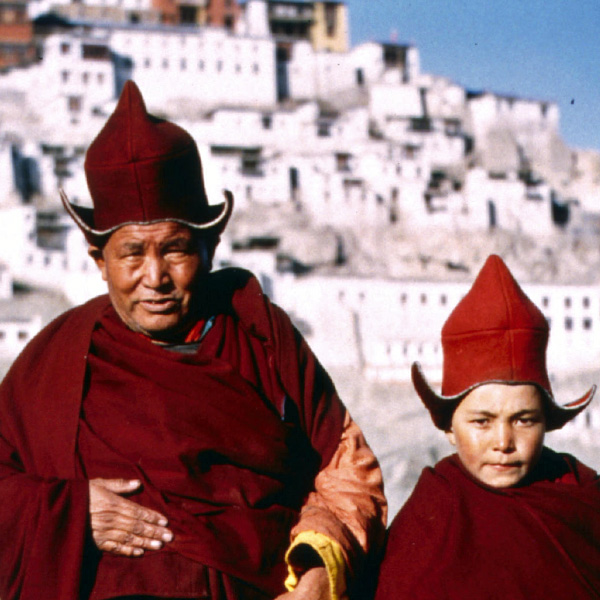
Part 2, titled The Tibetan Book of the Dead: The Great Liberation takes us back to Ladakh. This time, a younger man is dying. We’re informed he’ll have an even harder time dying “properly” and releasing his attachments to the things and people he knew. Upon his passing, again the Bardo Thodol is read, this time by a master who brings around his 13 year-old disciple, who is full of great questions. “What is the meaning of our journey through life?” he asks his master. “To seek the truth and practice compassion, for ourselves and others,” the master says.
This second installment does contain some undeniably powerful moments, but largely revisits the same themes as Part 1, albeit with more saxophone music, the addition of trippy Afterlife-inspired Ishu Patel animation vignettes and this incredible quote:
When you are born, you cry but the whole world is overjoyed. When you die, the whole world cries, but you may find the great Liberation.
Deep.
Check it out below.
The Tibetan Book of the Dead: The Great Liberation, Hiroaki Mori, Yukari Hayashi & Barrie McLean, provided by the National Film Board of Canada
What would Budhha do?
So, next time you find yourself at one of life’s many crossroads, remember you could do a lot worse than asking yourself: what would Buddha do?
By his example, the Awakened One reminds us that whether we’re stuck in the middle of living or dying, it’s never too late to step back from the merry-go-round of our anxious and crazy, clingy thoughts and enjoy life for what it is. Not what you want it to be; not what you hoped it would be. What it is. Right here, right now.
Because you don’t need me to tell you that the present moment isn’t only all we need. It’s all we have.
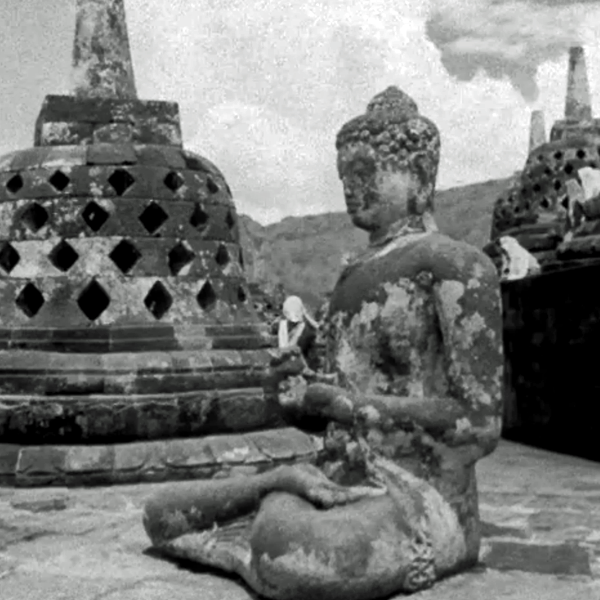
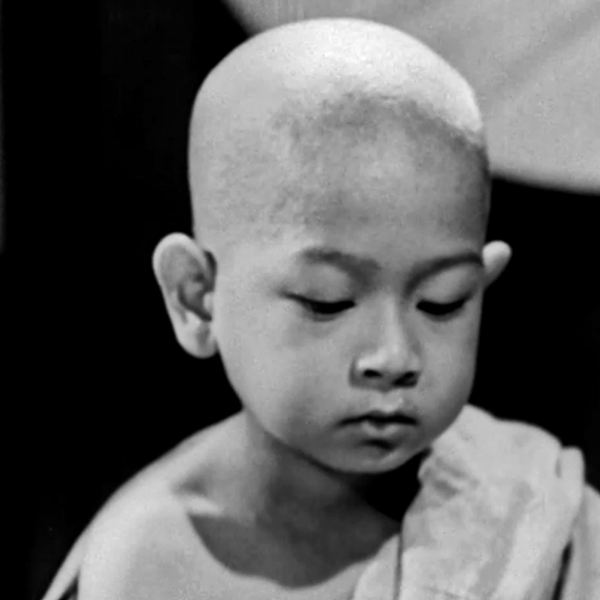
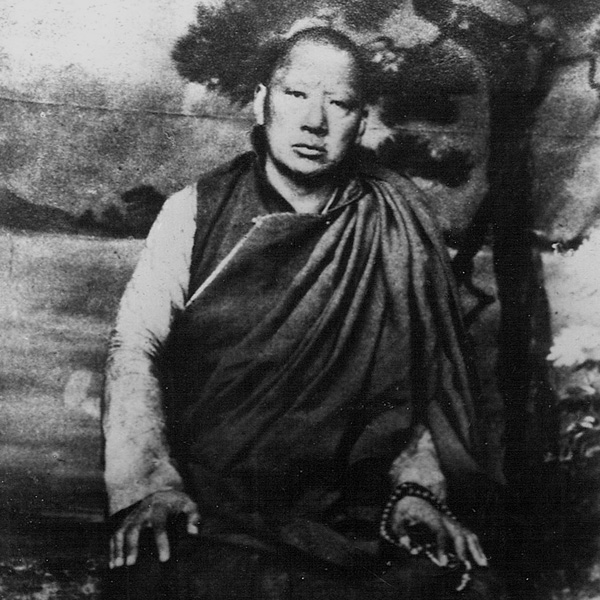
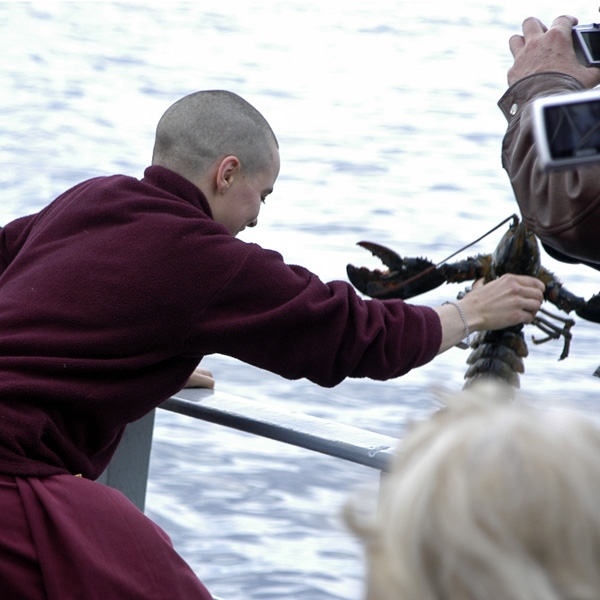
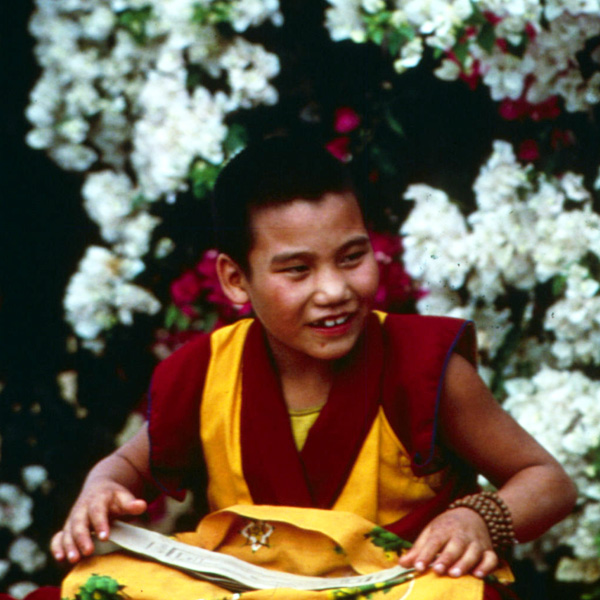
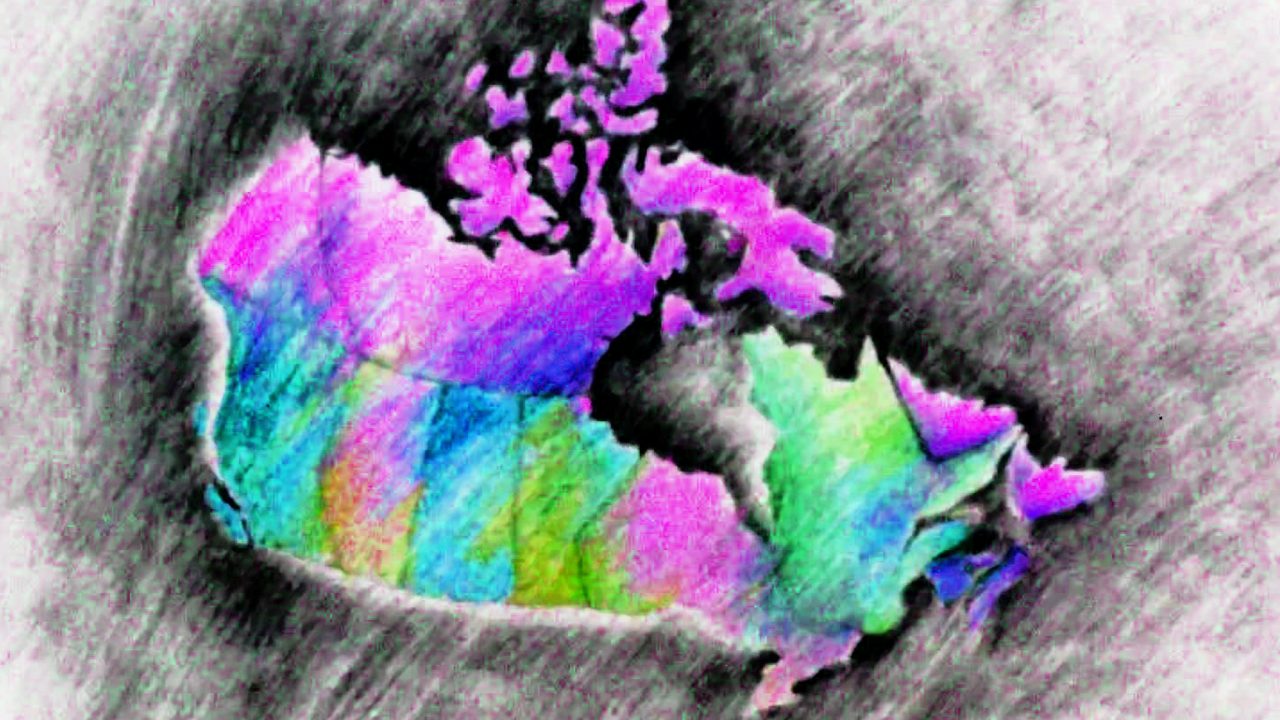
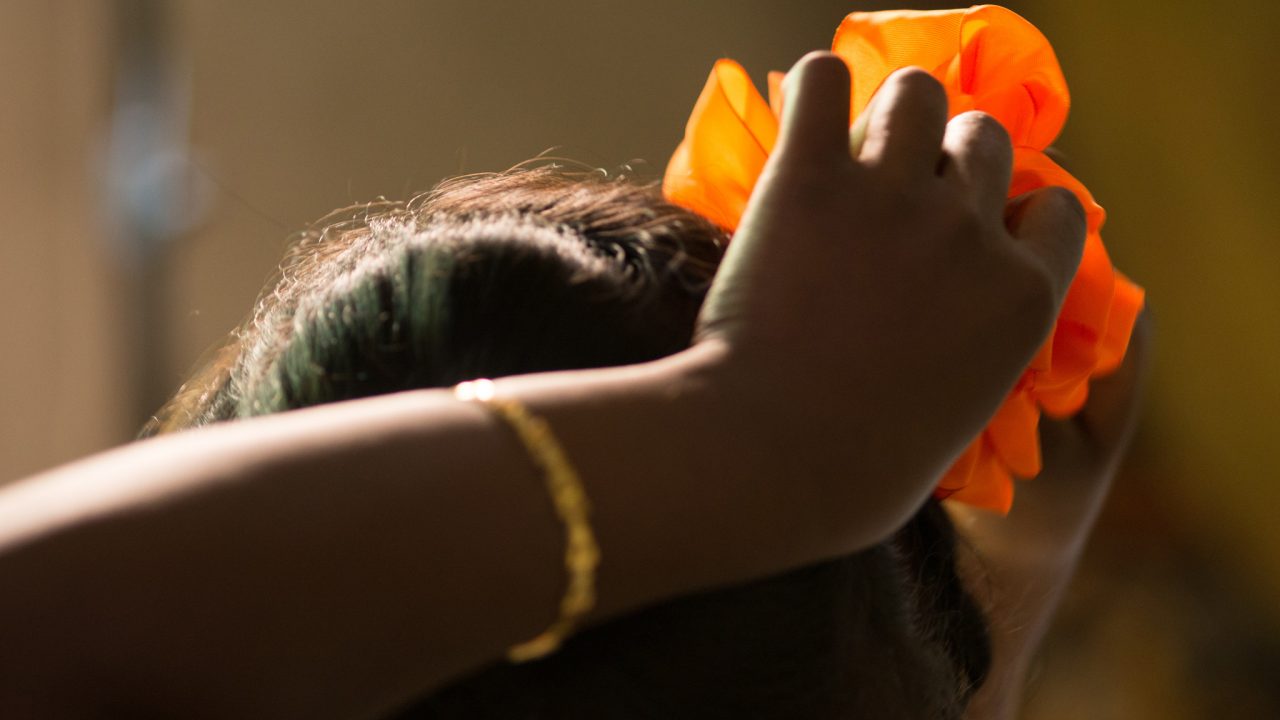
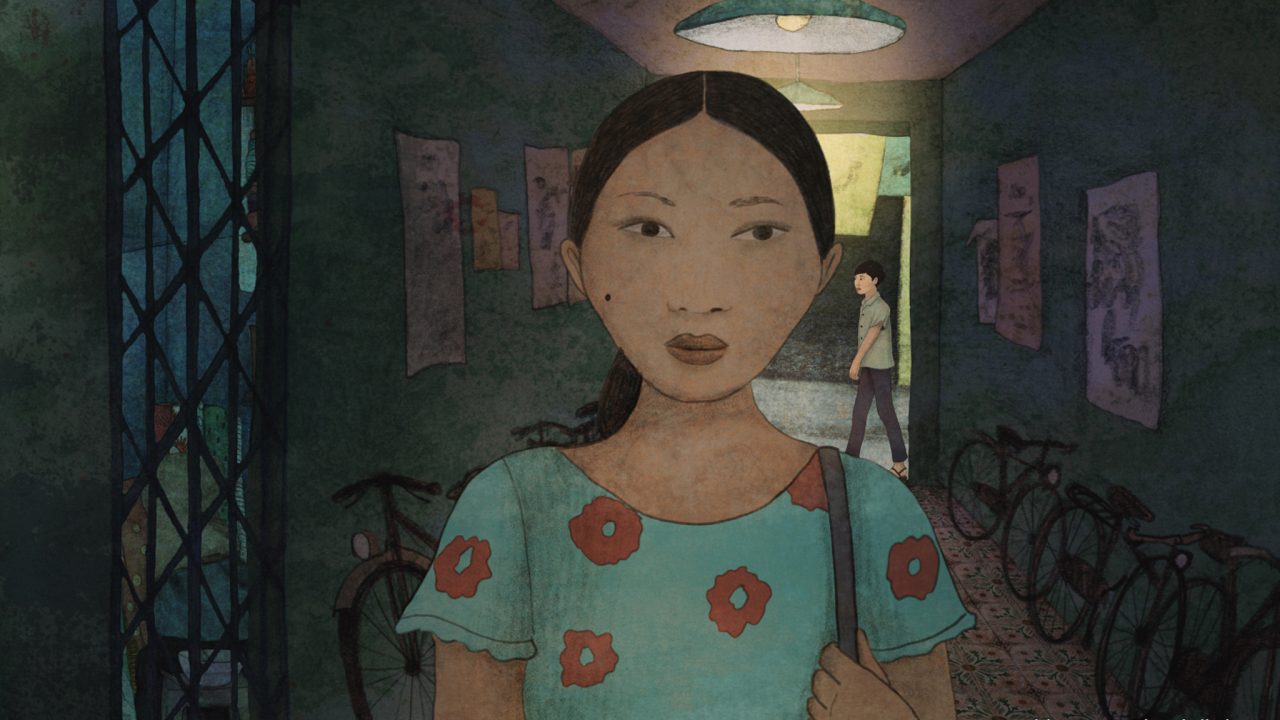
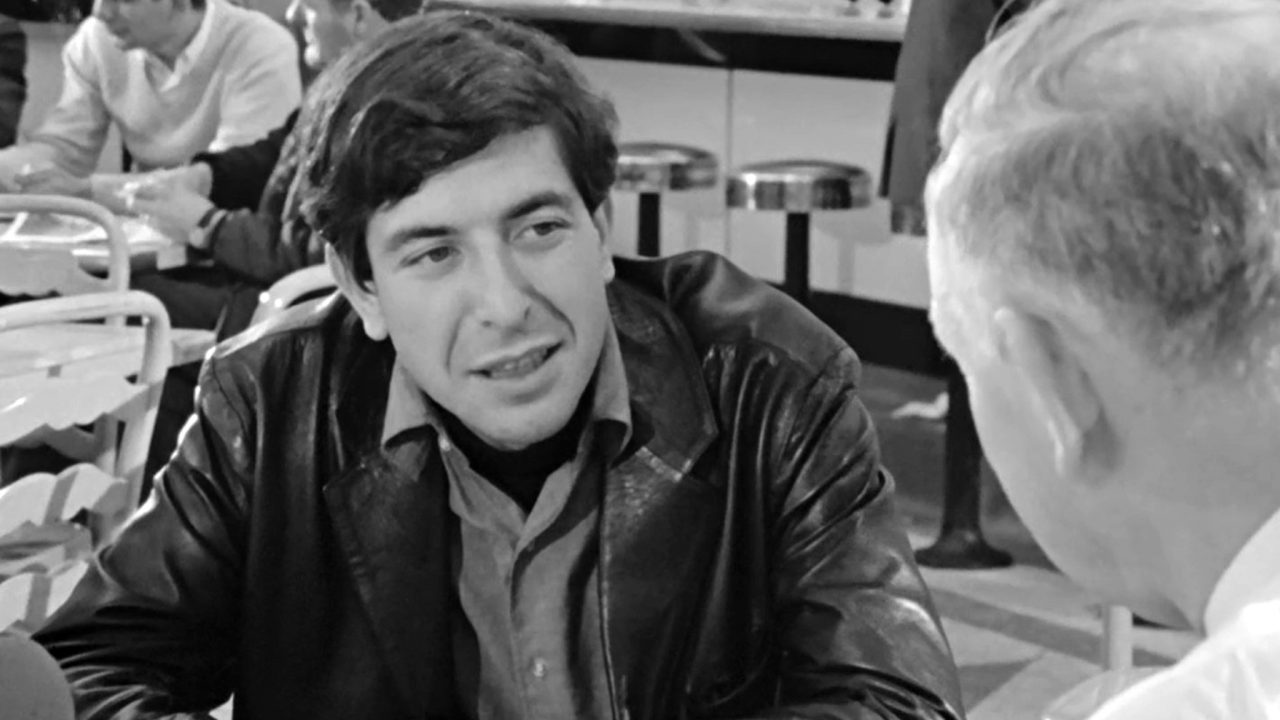
Great article!
Ciao stella sei grande come un fioretto bello mi manda tutti il film del cinema canada per sempre io pagarequesti il film western cinema tutte casette o dvd il mio nome : Camaldi Danilo via Madonna dei prati 8/b Arzignano 36071 VICENZA
Great article!
Will watch the movies tonight 🙂